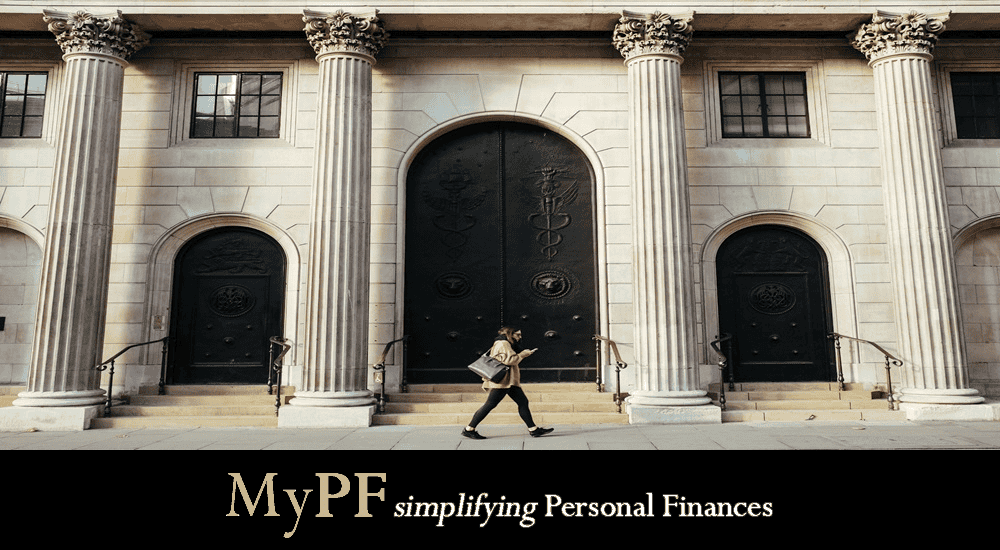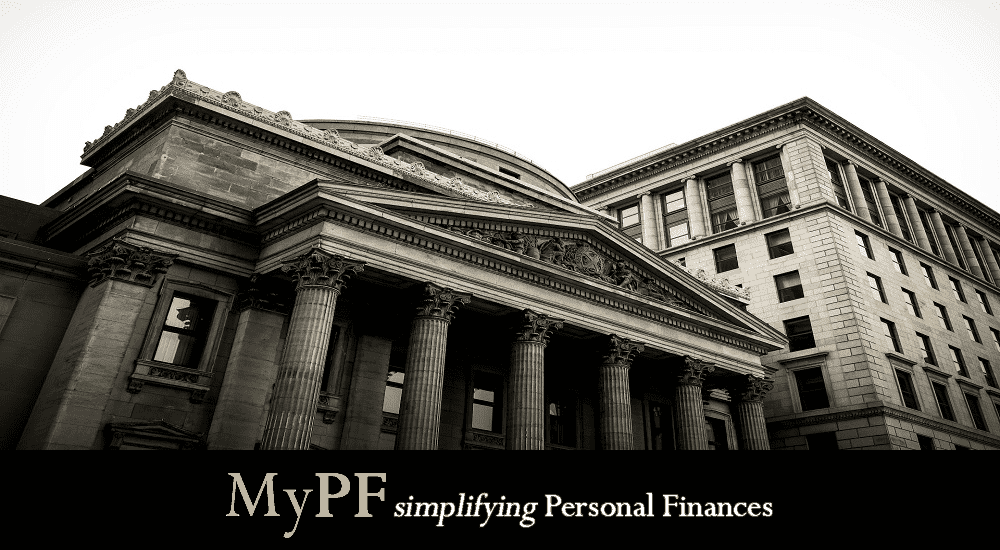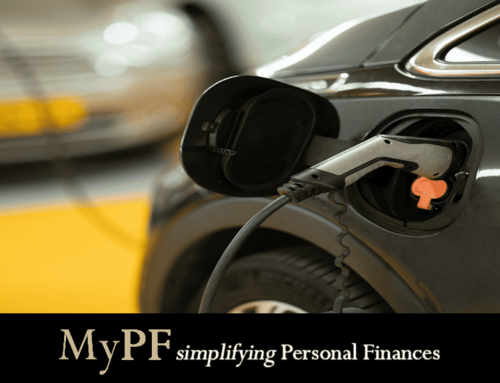Find out why fuel subsidies are being reduced and how much will we likely we paying when that happens.
Another year, another one to worry about petrol prices increasing. If you don’t know, the Malaysian government has announced plans to reduce fuel subsidies for Malaysians in the second half of 2024.
What does that mean? Your petrol, electricity and other spending could go up!
But the big question is how much higher. If petrol prices increase by RM0.10 per litre, that’s still manageable. But if it increases to more than RM3.00 per litre, that could spell trouble for many Malaysians.
This article will explore how the Malaysian fuel subsidy works, the historical petrol prices, why the government is reducing fuel subsidies and how high petrol prices could be in 2024.
Contents
#1: The Government Pays the Difference in Petrol Market Prices
It’s best to start from the basics. In a nutshell, the Malaysian government subsidises the difference in the petrol market price to the retail price.
Every week, it announces the prices for diesel, RON95, and RON97 that Malaysians will pay. These are lower than the market prices. But petrol companies will make a loss if they sell them at the stated prices.
Hence, the Malaysian government pays the difference. For example, if the market price is RM3.80 per litre for RON95, the government pays RM1.75 per litre to the petrol companies. And you will pay RM2.05 per litre.
#2: Malaysians Paying Lower than Average Petrol Prices Now
Unpopular fact but yes, Malaysians are paying lower petrol prices now at RM2.05 per litre. From 2010 to 2023, RON95 petrol prices averaged RM2.32 per litre (Source: Wiki, DOSM, Astro Awani).
Petrol prices rose to its highest level of RM3.00 per litre in 2012 when global petrol prices soared. It then declined in the following years to as low as RM1.80 per litre in 2020 during the pandemic.
What’s even more surprising is that Malaysian petrol prices is one of the lowest in the world. It is the 9th cheapest country and its US$0.43 per litre price is significantly below the world’s average of US$1.27 per litre.
And of course, in Southeast Asia, Malaysia has the cheapest petrol and diesel with the exception of Brunei.
Source: SME BankSo, why then is the Malaysian government trying to reduce the blanket fuel subsidy?
#3: The Fuel Subsidy is Costly to the Government … and to Taxpayers
In 2022 and 2023, the Malaysian government spent an estimated total of RM93 billion on subsidies for fuel. That is about 16% of how much the government spent in total for both years.
Where does the money from from? Taxpayers, of course! Yes, you.
You see, because of this subsidy (and other factors, but this is the main reason), the government has to borrow money to cover its budget shortfall. In 2023, it generated a revenue of RM303 billion compared to a total expenditure (operating + development) of RM396 billion.
As a result, its total debt increased to RM1.15 trillion in 2023 from RM1.08 trillion in 2022.
And you know what happens when a government borrows too much. It might start to impose additional taxes to pay back its debts. Let’s hope it doesn’t go to that!
#4: The Subsidies Benefited the Rich … and Thieves!
The fuel subsidy was meant to help the middle- and lower-income groups.
But it benefited the rich more. According to the Ministry of Finance, about 35% of the fuel subsidies have benefited the T20 (top 20% income earners among Malaysians) while only about 24% of the fuel subsidy benefits went to the B40 (bottom 40% income earners among Malaysians) income group.
The reasoning is straightforward. The T20s have more cars and drive more, hence pumps more petrol. The B40s are poorer, have less cars, and drive less. Over time, the T20s will benefit even more as economy and society becomes more unequal.
That is not the only reason. There have been massive thefts of petrol to be smuggled to other countries. In 2022, the Malaysian government estimates that about RM10 billion in diesel has been smuggled. That’s your, mine, and our tax money being stolen from us instead of being put to good use to improve our country and fellow rakyat’s circumstances.
#5: Targeted Subsidy to Replace Blanket Subsidy
In the second half of 2024, the government wants to implement a targeted subsidy program to replace the current one.
Currently, everyone regardless of income and background, buys the same RON95 petrol at RM2.05 per litre. The targeted subsidy will change that system to deliver the benefits more directly to Malaysians that need them the most (M40 and B40) while also reducing government spending by a reduction in subsidies as compared to when it was providing a blanket subsidy to all.
Hence, you might have noticed that there was a big push by the government to register for PADU. It is meant to collect information of Malaysians so that the government can implement the targeted subsidy more effectively.
#6: RON95 Prices Could Be Above RM3.00 per Litre Without Subsidy
We are not experts, but let’s see what those who are have to say.
Hong Leong Investment Bank (HLIB) estimates that RON95 price could increase by as much as 64% to RM3.36 per litre in 2024 without any subsidies. This is theoretically the highest price it can go if the government decides not to spend a single cent.
Realistically, according to MIDF, RON95 prices will be floated to a range of RM2.10 to RM2.40 per litre, which represents a 17% increase. This will be quite in line with RON95 prices historically (2010 – 2023: RM2.32 per litre).
Now, what does this mean for you?
Expect your petrol cost to increase by a range of 17% to 64%. Maybe, it’s a good time to consider alternative transportation options, a change in vehicle ownership, or perhaps taking the drastic step of moving to somewhere with more amenities, conveniences, and jobs within closer reach.
Conclusion
The current blanket fuel subsidy is costly and unsustainable. The Malaysian government could be forced to borrow or impose more taxes if it continues down this path.
Prepare yourselves for the possibility of seeing targeted subsidies that could lead to you pumping at a price range from RM2.40 a litre to RM3.36 a litre. It is yet to be seen how the targeted subsidies will be rolled out and regulated so stay tune for more information. In the meantime, do start planning to accommodate for the expected fuel price increase while there is still time to make alternative adjustments within your control.
Let us know in the comments below what you think about petrol prices!













Leave A Comment